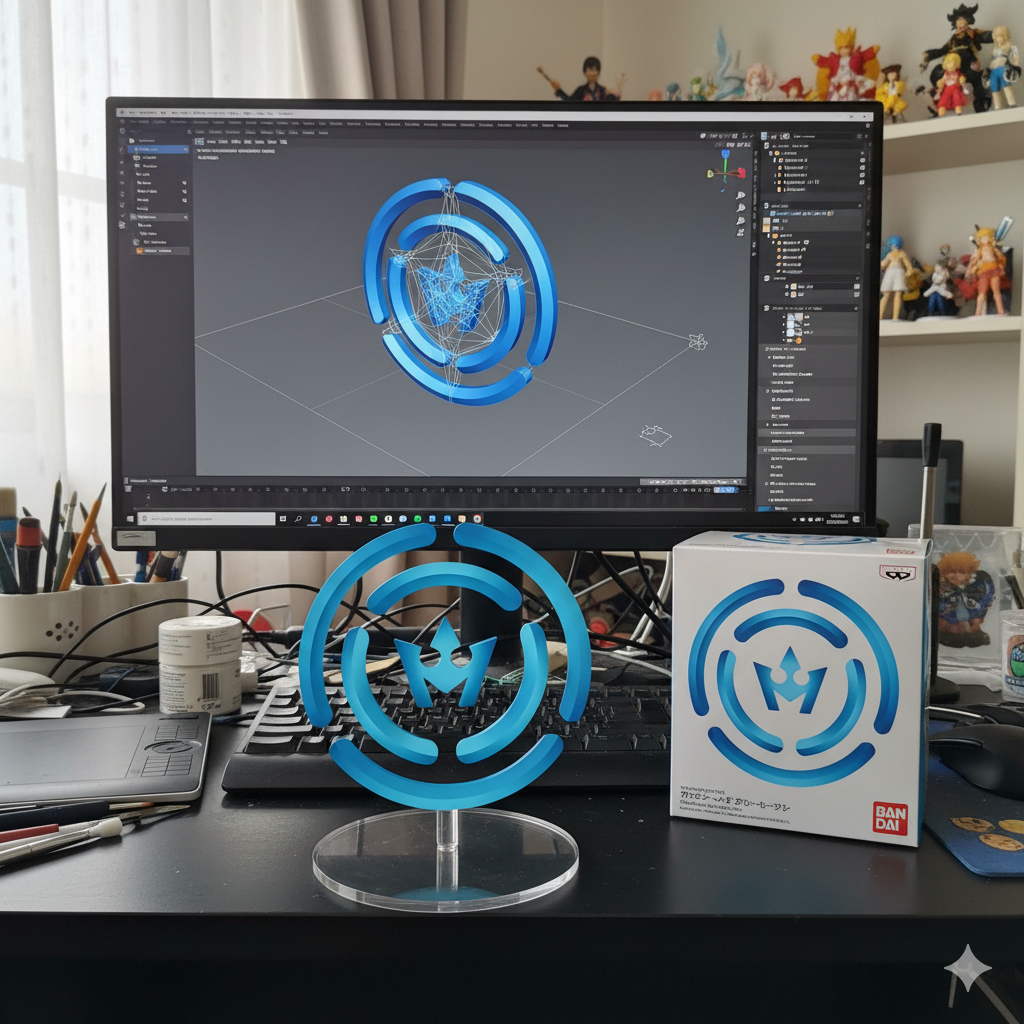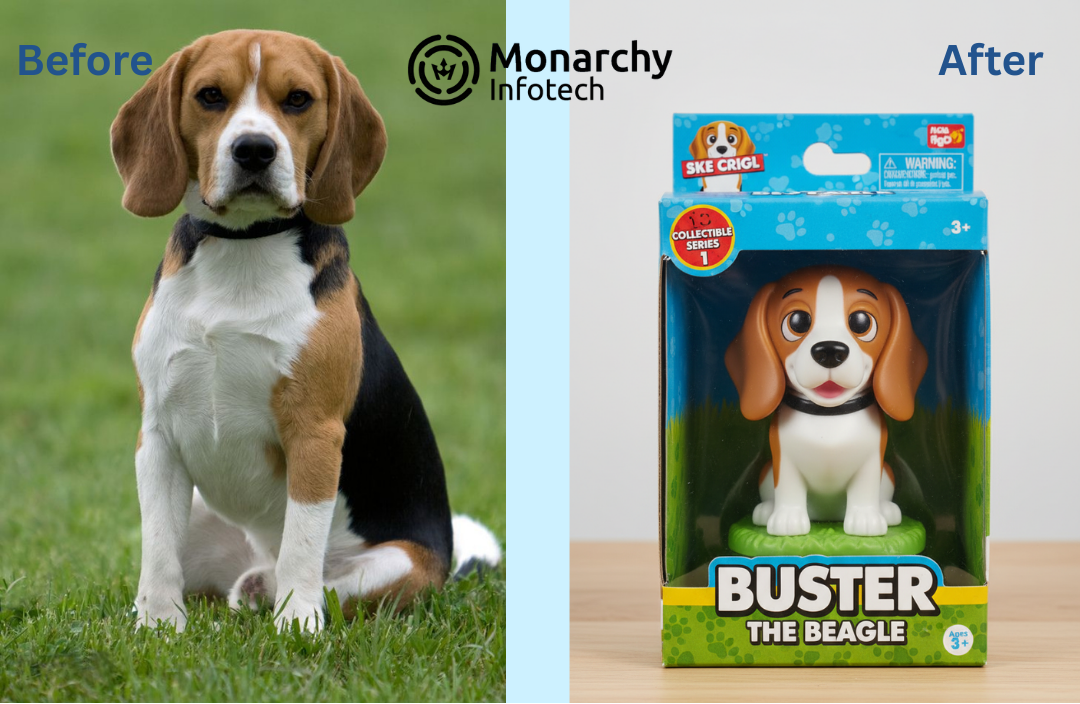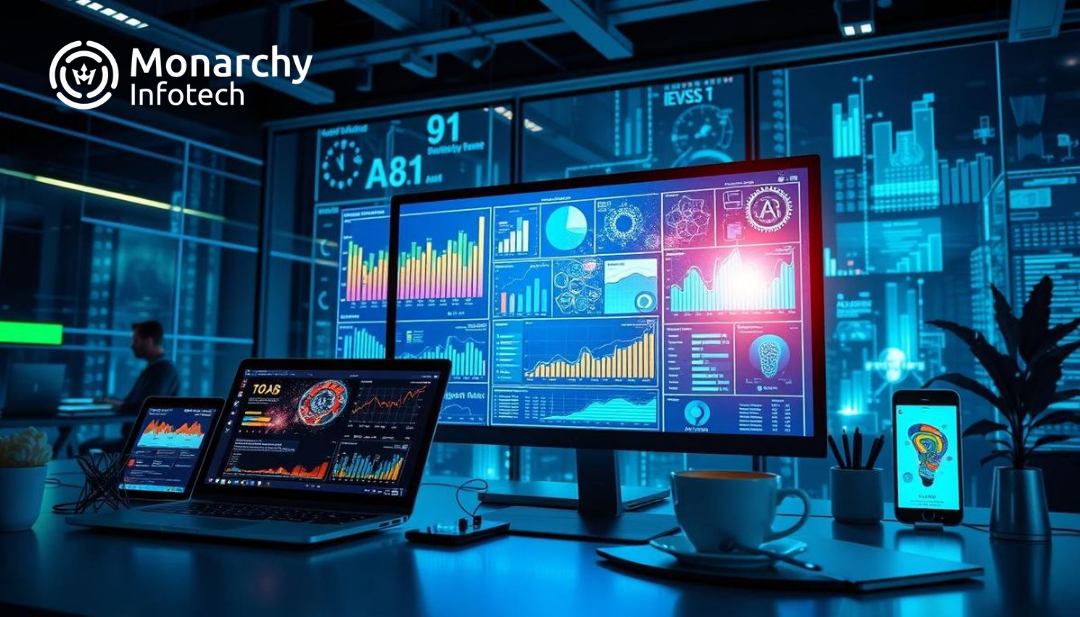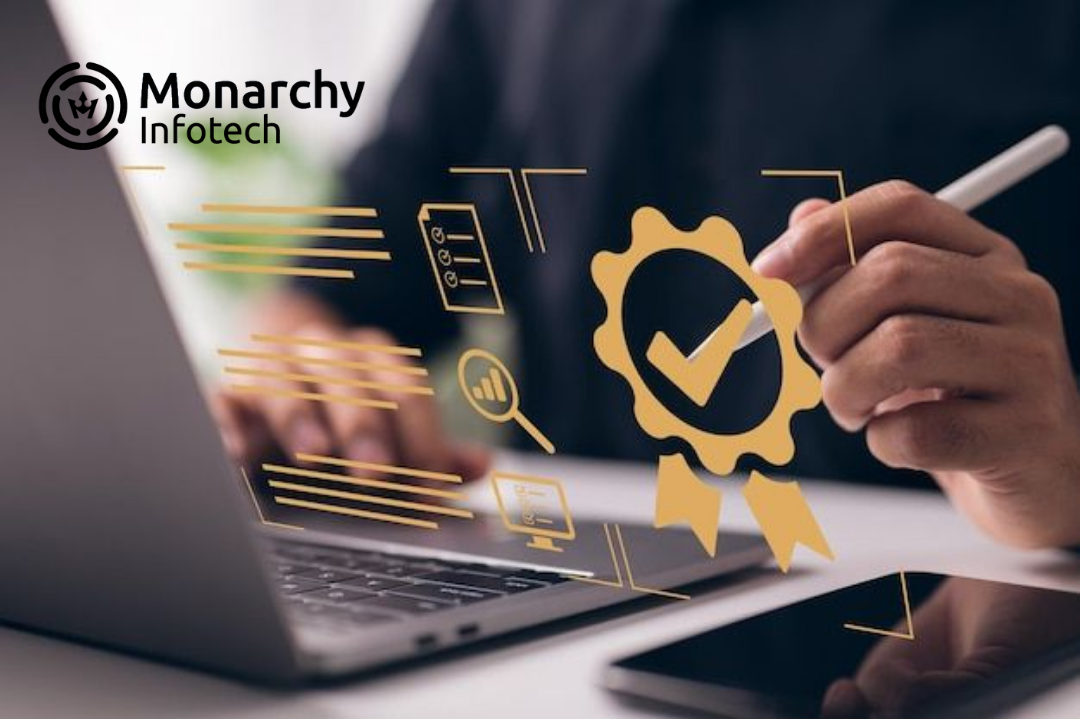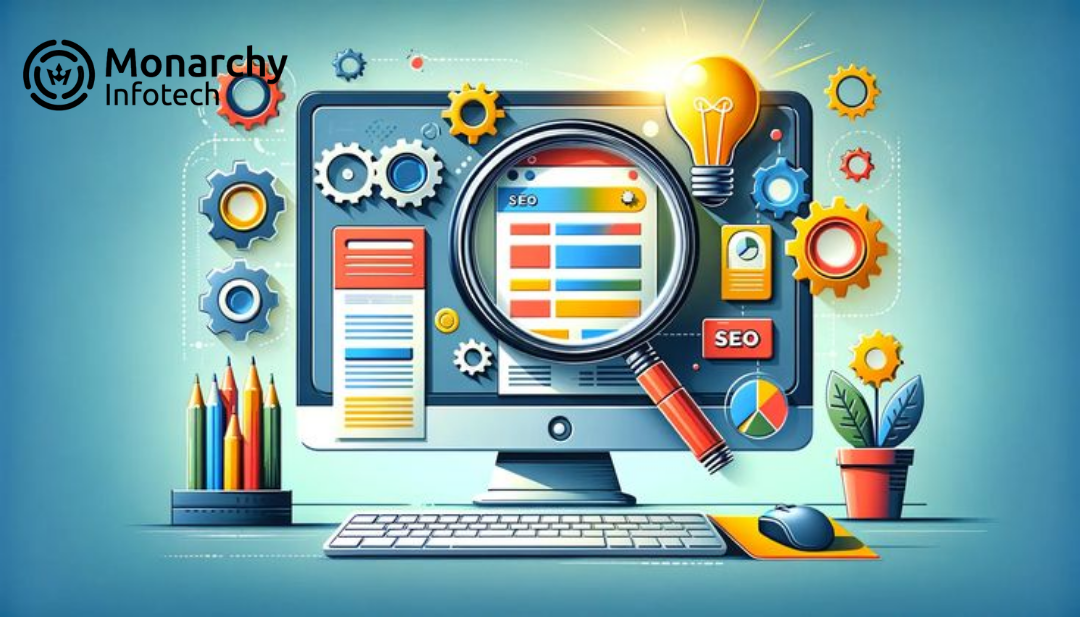With the rapid development of today's technology, efficiency is a underlying design principle. This blog explores how incorporating efficiency during product development maximizes performance, reduces costs, enhances user experiences, and fosters sustainability. We discuss top strategies and technologies, ranging from lean UX to modular code and efficient infrastructure, that make today's systems future-proof.
⚙️ Effectiveness of Contemporary Tech Design
In cloud computing and AI, efficiency is a design principle at the core. Performance tuning is not an after-launch exercise; today's technology products need to be efficient by user experience, design, and architecture.
At Monarchy Infotech, we are of the view that innovation needs to be efficient. Here's why and how.
Why Efficiency Matters
1. User Expectations Are Higher Than Ever
Speed is important. Users want instant loading, frictionless interaction, and quick interfaces. Lag and clunky navigation cause churn and lost business.
2. Scalability Demands It
Systems must scale without increasing cost or complexity. Proper design enables architecture to scale sensibly and responsibly.
3. Sustainability Demands It
IT infrastructure is more power-intensive. Power consumption is reduced by effective hardware and software, thus making them more environmentally friendly.
4. Budget Constraints Enforce It
Efficiency enables more output from fewer resources—whether servers, developer time, or maintenance. It's the smarter path to tech during lean times.
Building Efficiencies into Your Design Process
1. Start with Lean UX
User-friendly design is most important. Design simple, intuitive user interfaces that require fewer user steps. Eliminate visual clutter and extraneous features to simplify.
2. Code Cleanly, Reusable
Modular code is simpler to understand, quicker to execute, less expensive to maintain, and easier to scale. Refrain from being redundant and use performance-friendly libraries and frameworks.
3. Optimize for Performance Early
Profile using instrumentation and measurement up-front—prior to product deployment. Find hot spots and query, load, and process optimizations right away.
4. Leverage Cloud Efficiency Tools
Auto-scaling, serverless, and containerization (e.g., Docker, Kubernetes) improve the utilization of resources, reducing wastage and increasing reliability.
5. Adopt Energy Efficient Development
Power efficiency in mobile and edge computing enhances battery life and device longevity. Techniques such as DVFS and power-efficient programming are essential.
Apple's M-series chips deliver high performance and low power, revolutionizing desktop and mobile computing. Duolingo provides a gamified learning experience that makes complex tasks feel easy, demonstrating that efficiency and engagement can coexist. Monarchy Infotech's Strategy At Monarchy Infotech, we design solutions to the question: "How do we get it faster, leaner, and smarter?" Efficiency is embedded in every step of custom software, mobile apps, and scalable backend systems—planning to deployment. In conclusion Efficiency is a competitive advantage in technical design. Efficient solutions work better, cost less to run, and make end-users happy. The simplest solution is most likely to be the best, not the most complicated.



